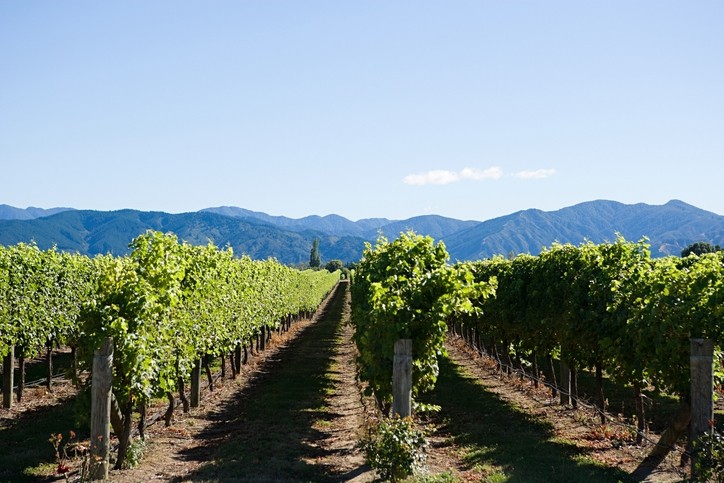Five key opportunities to reduce greenhouse gas emissions in the wine industry

New Zealand's wine industry is - like many others that depend on growing fruits, vegetables or commodities like coffee and sugar - highly concerned about climate change. New Zealand is becoming warmer, drier and exposed to more frequent weather events. The changing climate will influence what grapes can be grown, how and where they're grown, and ultimately the very concept of terroir that comes with that.
But it goes beyond that. How the industry responds to climate change will be 'crucial' to maintaining a reputation as a producer of premium, sustainable wine.
“Climate change is the biggest long-term challenge facing our industry,” explained Fabian Yukich, chair of the New Zealand Winegrowers Environment Committee, as the organization releases its Roadmap to Net Zero 2050 plan.
“It will influence our choice of grape varieties, wine styles, viticultural techniques and regions, and importantly, the purchase decisions of our customers. Our response to climate change is critical to the reputation of New Zealand as a producer of high value, sustainable, premium quality wine.”
The starting point: Where do emissions currently come from?
Scope 1 emissions come from direct emissions such as running wineries and vineyards (such as the diesel and petrol used to power machinery and vehicles) – estimated to total 44,000 tCO2e. It also includes agrichemical and fertiliser applications, direct nitrous oxide emissions and emission from waste management.
Another 11,000 tCO2e come from Scope 2, which covers indirect emissions from electricity, heat, steam and cooling used to run wineries and vineyards.
Scope 3 – emissions from the value chain including packaging and transport as well as services carried out by third party contractors – counts for the largest amount, at 250,000 tCO2e.
Scope 3 – as is the case for any industry – is the trickiest to address: it’s hard to compile accurate data to start with, and also the hardest to control.
What is net zero?
An industry achieves net zero when its total emissions and permanent removals balance out to zero.
For the New Zealand wine industry, net zero means reducing the current 2022 (baseline) GHG emissions by 90% by 2050 and neutralizing the remaining 10% of emissions through emission removal projects.
Comparing emissions from the vineyard and winery, it’s the winery where most efforts need to be addressed. Around 17% of emissions come from the vineyard, compared to 83% from the winery.
New Zealand Winegrowers wants to see the industry growth 28% (in production terms) by 2040. Without any intervention, that would see the carbon footprint of the industry rise from 305,000 tCO₂e (2022 baseline) to 390,000 tCO₂e in 2040.
Instead, it’s targeting net zero. Here are five key areas it will address to do this.
1) Improve energy efficiency
As with many industries, energy is a key source of greenhouse gas emissions. Improving the efficiency of fuel use (in NZ’s wine industry this is primarily diesel) and electricity will help reduce energy consumption overall.
2) Move away from diesel
The NZ wine industry is currently reliant on diesel for many operations around the vineyard. A key step will be to replace diesel and other fossil fuels with alternate fuels, such as biofuel or green hydrogen and electrifying farm equipment and machinery.
3) Decarbonizing electricity
Electricity doesn’t have to be sourced from fossil fuels. Renewable energy on site (such as solar panels) as well as decarbonizing New Zealand’s electricity grid will be key steps to take.
4) Innovating the value chain
Wineries need to engage with suppliers to decarbonize goods and services such as packaging and transport. Heavy glass packaging – which is associated with increased emissions from transportation – is a particular challenge: it currently accounts for 69% of winery emissions. Actions could include procuring lightweight and low-carbon glass, increasing bottling in market, and assessing alternate packaging options.
5) Using carbon removals
New Zealand’s wine industry sees the potential to reducing emissions by increasing the potential of the land to sequester and store carbon. That, however, will require more research and the development of a strategy for carbon removals.











